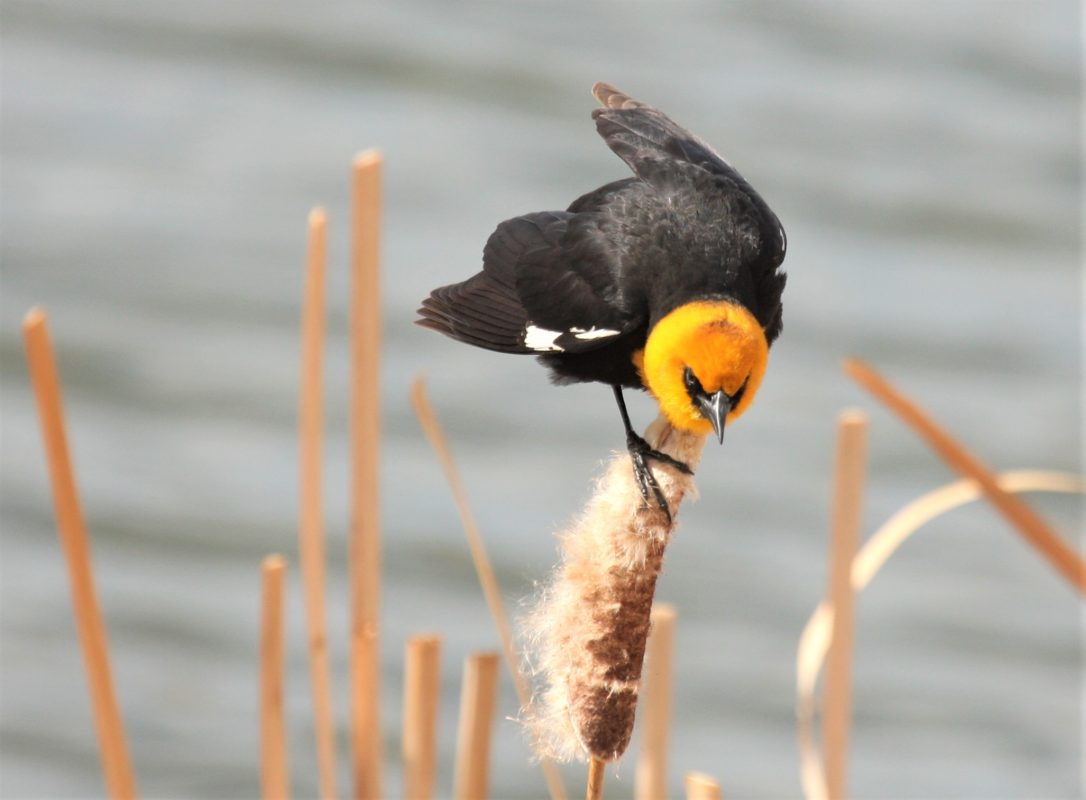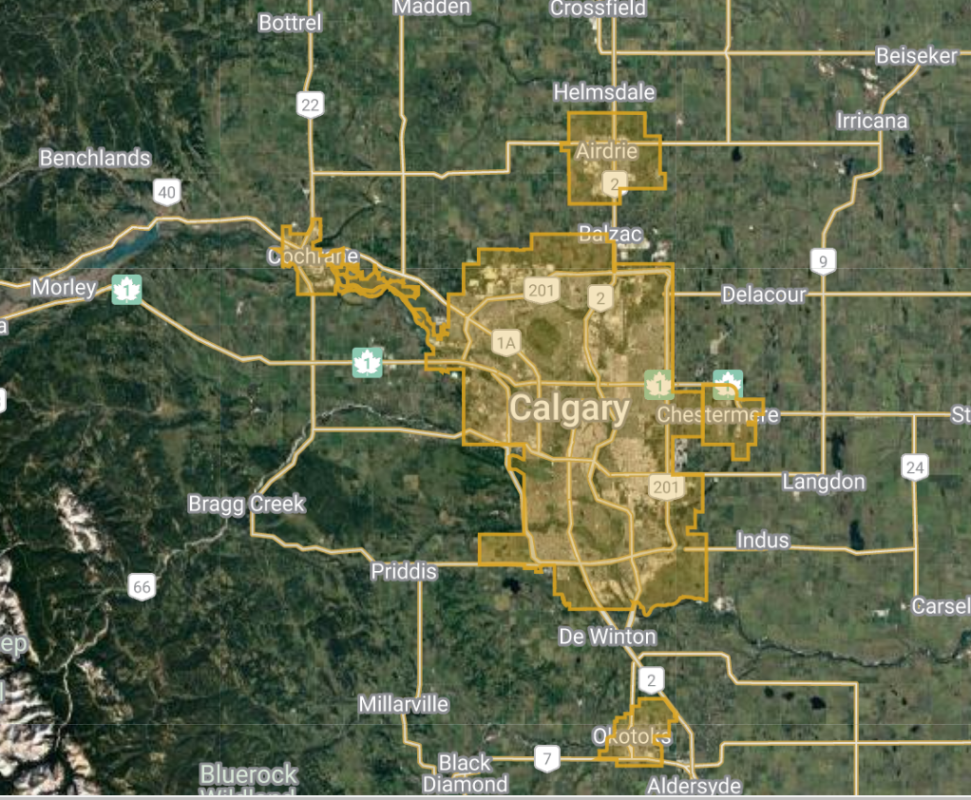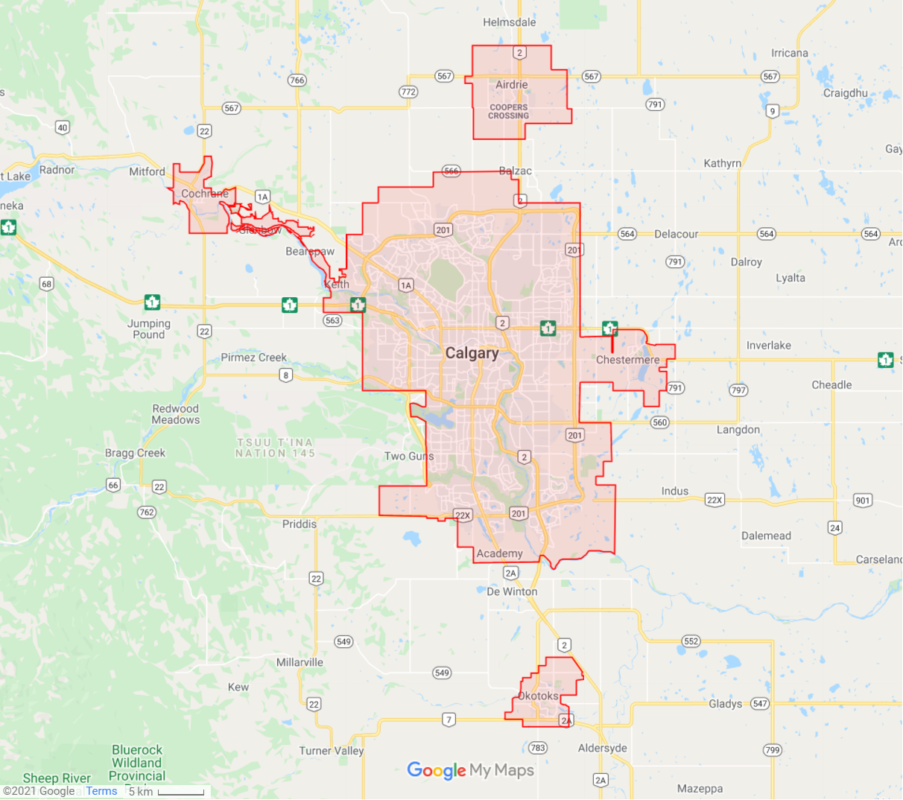Help Calgary to reach its CNC goals this weekend!
Wanted: Plant, fungus, insect, and bacteria experts!
Posted by Bob Lefebvre
The 5th annual City Nature Challenge took place last week, from April 28 to May 1. The period for making observations has ended, but participants have until midnight on Sunday May 7 to upload their photos. Many of us are still working on that. In addition, all the observations need to be identified and have at least two people agree on the species to be considered Research Grade. You can help with this!
But first an update on where the challenge stands. Calgary is doing very well again, and has set new city records for the number of observations, species recorded, and participants. Matthew Wallace, the organizer of the Calgary CNC, had set a goal of 10,000 observations made in the Calgary area. Although we are not there yet, we are close.
Although the CNC is not really a competition between cities due to differences in climate, habitats, and human populations, nevertheless we should note that Calgary is among the Canadian leaders in total observations made, and may well finish with the most. On Monday evening Montreal was leading with 6,516 observation, with Victoria at 6,344 and Calgary in third place with 6,137. As of late Friday (May 5) Calgary has taken the lead among Canadian cities:
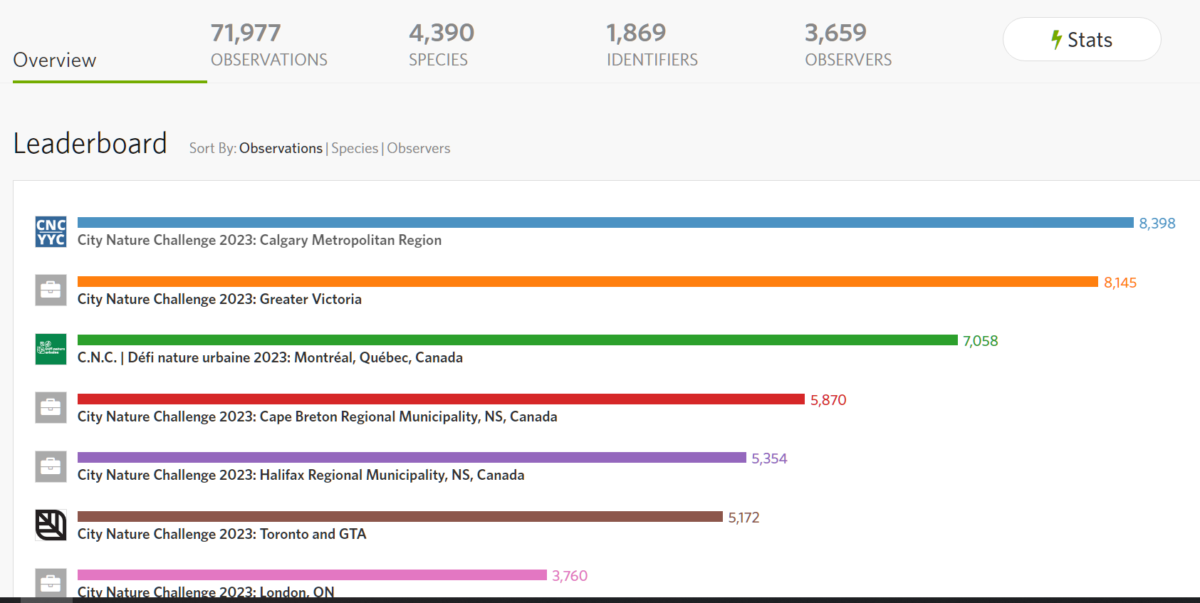
It’s interesting to look at the statistics for the Global CNC:
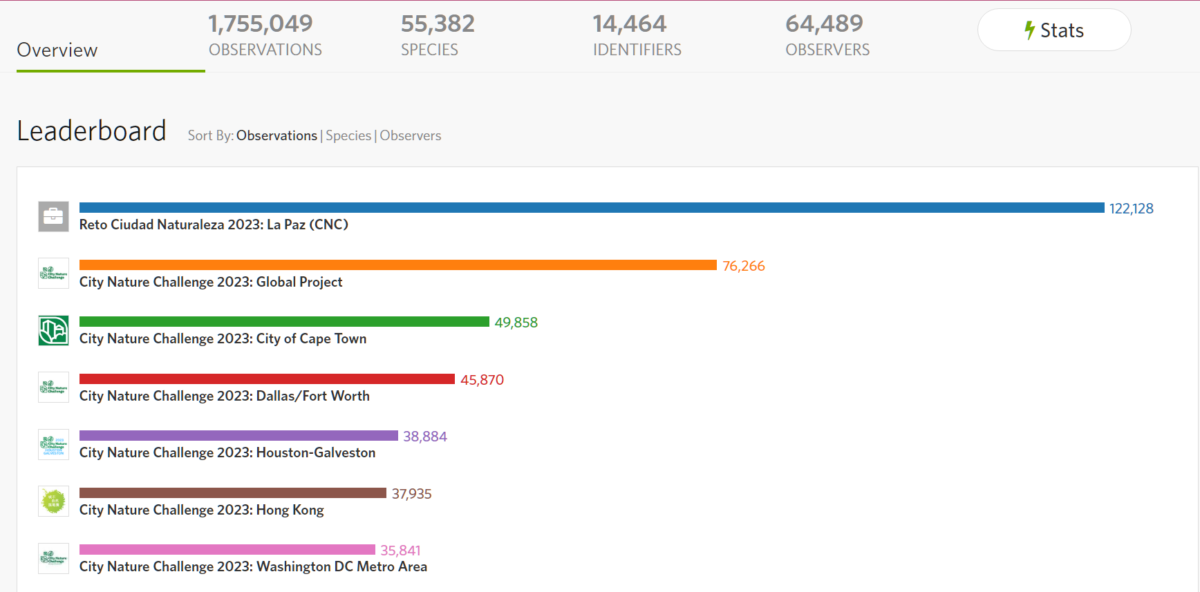
Over 64,000 observers made 1.75 million observations and identified over 55,000 species worldwide in the four days. The numbers from the leading city, La Paz in Bolivia, are staggering! Over 3,000 people made 122,000 observations and identified over 5,000 species! It shows the difference that climate and geography make, but it also shows what can be achieved with a year-round concerted effort to get people involved. La Paz has a metropolitan population of about 2 million, so it is comparable to Calgary.
Below are the statistics for Calgary as of late Friday. So far, 760 species have been reported by 336 observers. Identifications have been provided by 392 people.
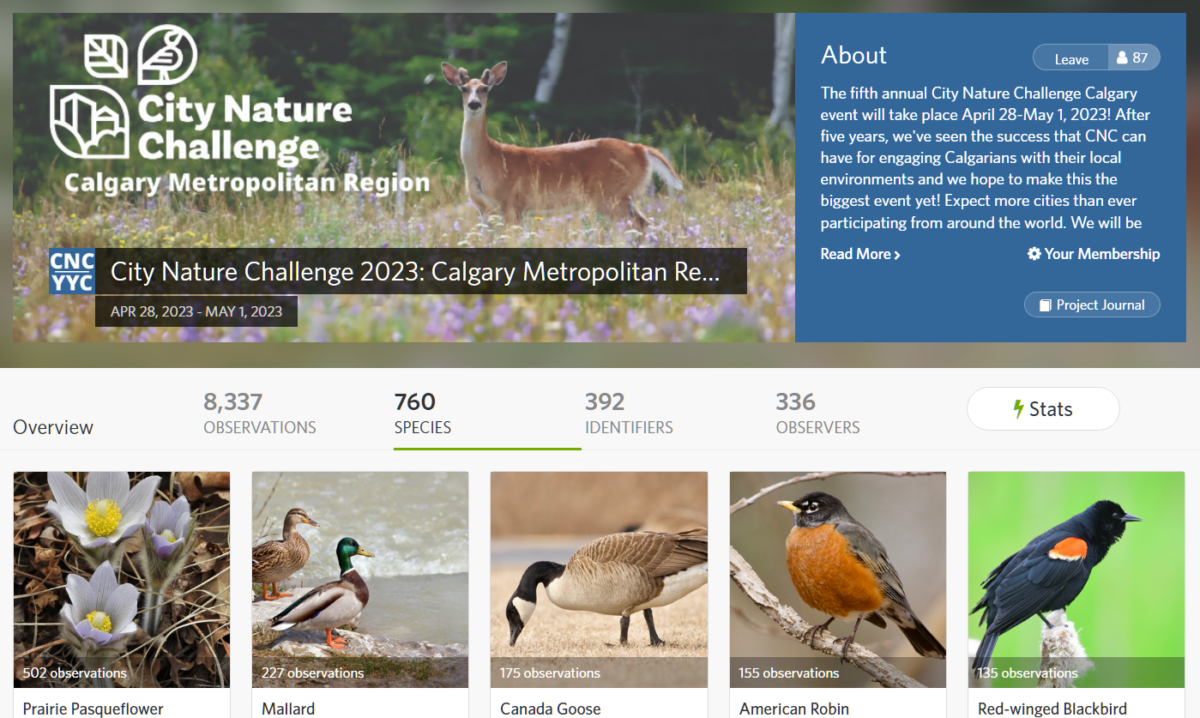
Once again Matthew Wallace was extremely busy on the weekend, making over 1,100 observations and recording 214 species (so far). But many others have also made hundreds of observations and recorded over 100 species each.
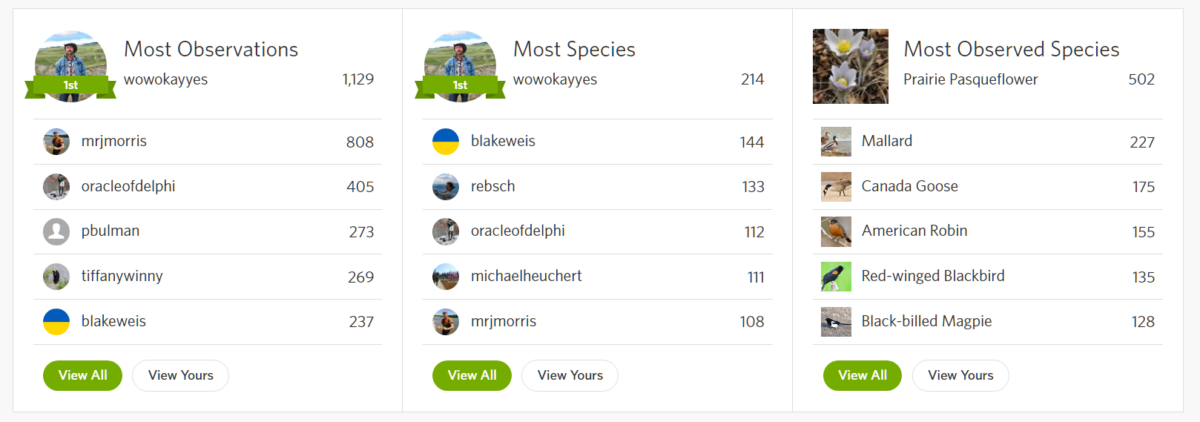
As you can see above, the Prairie Pasqueflower (the familiar spring crocus) is by far the most commonly reported species. Usually it is Mallard in first place, but the unusually hot and dry weather this year means that there were more early flowering plants reported, and more insects as well. This is where you come in.
When a photo is uploaded to iNaturalist, the artificial intelligence will try to identify it, and the observer can accept one of the suggestions or, if they know the species, can write it in or override a suggestion. Then all the other iNaturalist users in the world are able to view the observation, and agree with the identification or suggest an alternate one. Once an observation is uploaded with date, location, and a photo or sound file (and is wild or uncultivated), it is labelled “Needs ID.” Observations become “Research Grade” once 2/3 of identifiers agree on a species-level (or lower) ID. These are then eligible to be used in research projects.
There have been many observations submitted for the Calgary CNC that do not yet have a species-level ID, so are not Research Grade (this is normal; we want to get the photos of every species we can, whether we can confidently identify it or not. Identification comes later). All of the yellow ones below (about 3,000 observations) need additional identification. (Casual observations are not eligible for Research Grade. An example is a captive animal or cultivated plant.)
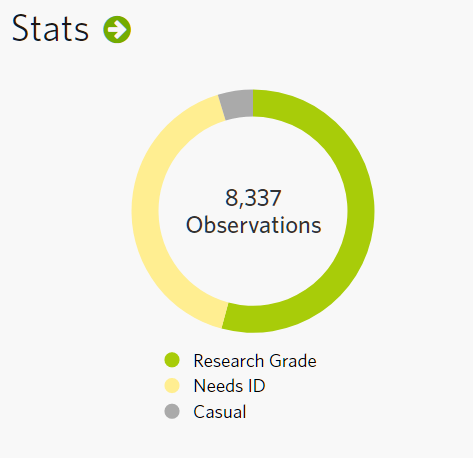
Any iNaturalist user can help to identify our observations from the CNC, or from anywhere in the world at any time. To see the Calgary observations, go to the Calgary Project Page. Click on the Observations tab, then “Identify.”
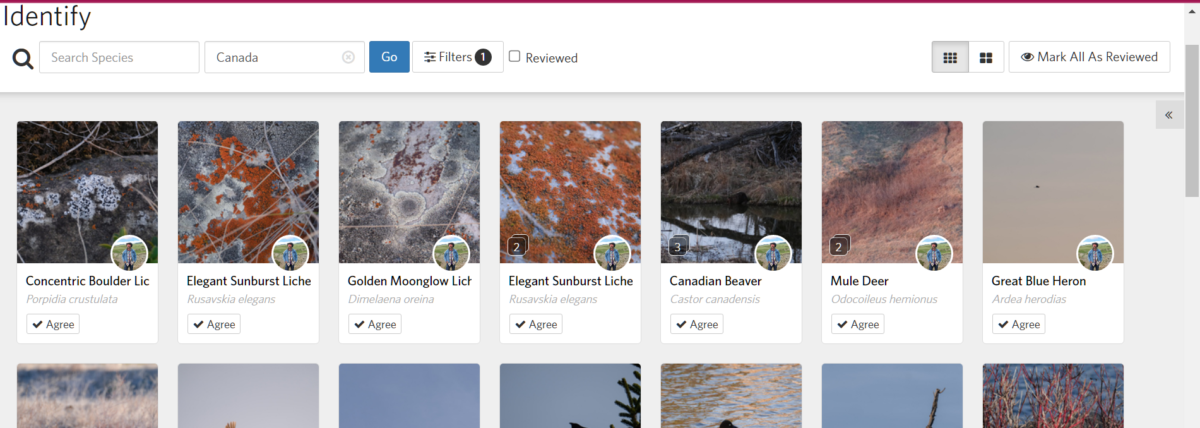
Here you can agree with the observer’s ID, or suggest another. See what the AI suggests. Where there are multiple photos of a species (like the Canadian Beaver, which has 3 photos) you can view them all. The filter set is the Calgary CNC region, but you can click that and set many more filters. For example, you might only be confident identifying birds, so you can set it to show only those. Birds are often quite easy to ID and there is a big birding community, so most of the bird observations quickly become Research Grade. But there are some unusual ones or less-than-perfect photos that still need ID for you keen birders. You can set a filter for “Needs ID” and only those will come up.
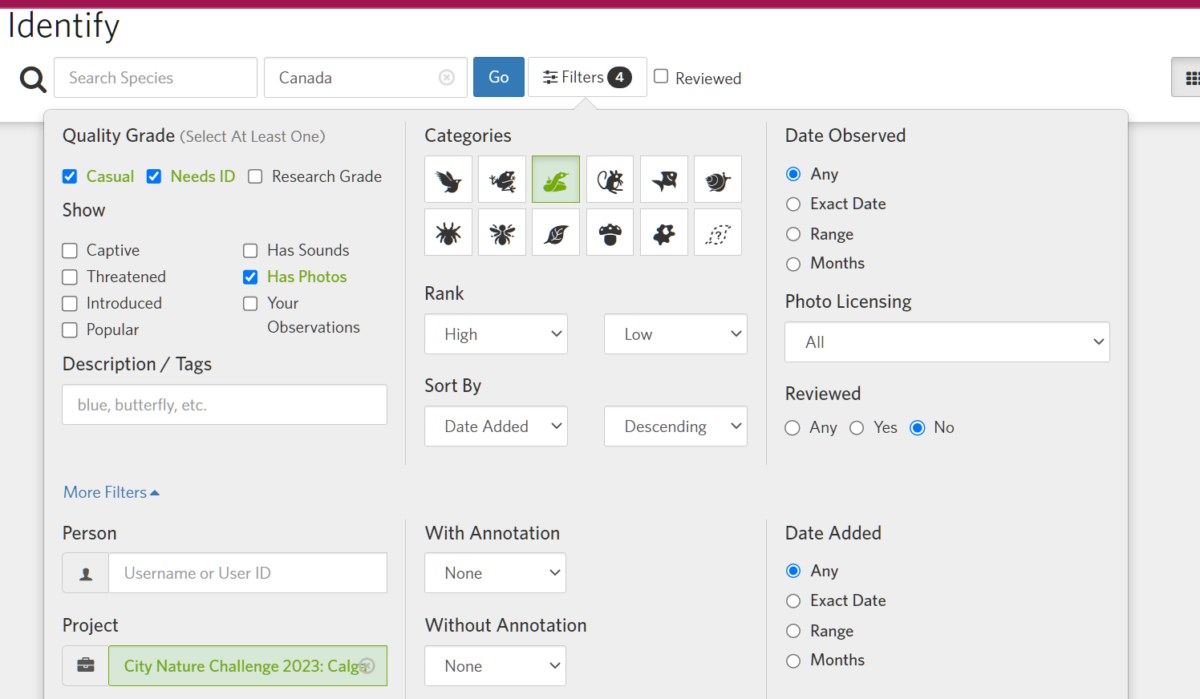
If you are a plant, fungus, insect, or bacteria expert, there are many more observations that need to be verified. So if you think you can help, please open an account on iNaturalist Canada and give it a try! As I said, the project is complete at midnight on Sunday, but you can continue to contribute identifications (and observations!) to iNaturalist year-round. I find it is a lot of fun and a great way to learn to identify more species of all kinds.
For those of you who are interested in taking part in bioblitzes like the City Nature Challenge, the next such local event on iNaturalist is the Metro Calgary Biodiversity Challenge from June 8-11. See the project page for more information.
